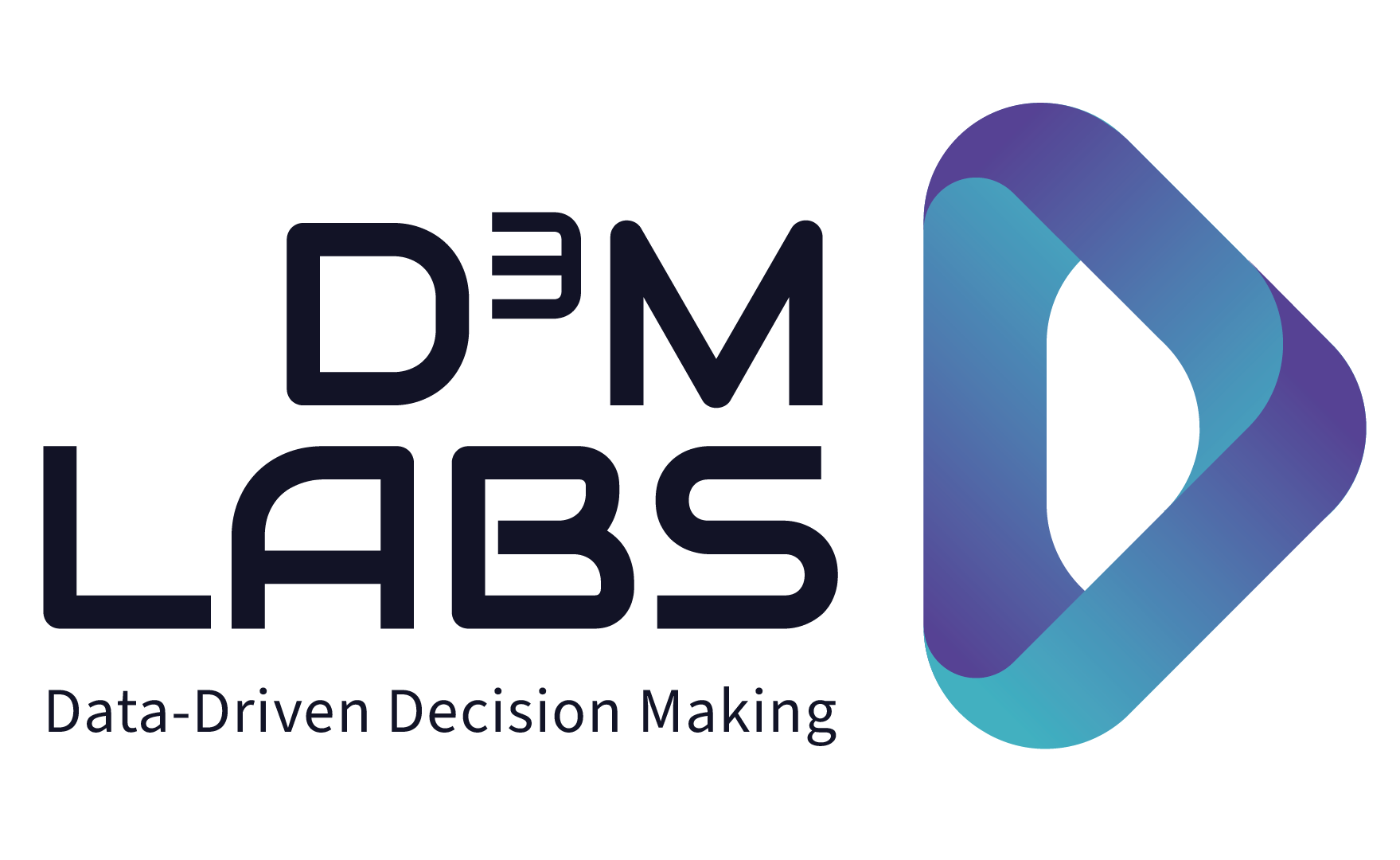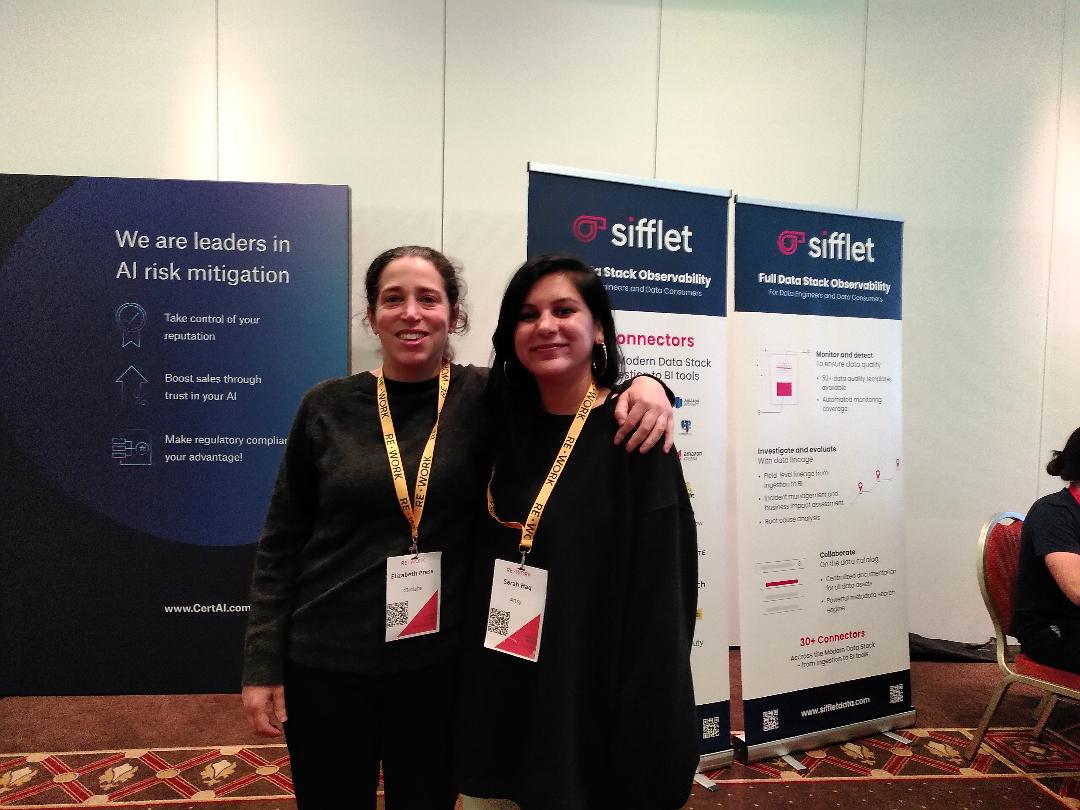Picture: Elizabeth Press (myself) and Sarah Haq, Senior Machine Learning Engineer who spoke about her recommendation engine at Artsy.
My most impactful learnings from the Rework Berlin AI Summit’s Enterprise AI Summit Stage were not technical in nature, rather they were that considerations such as understanding the problem, gathering requirements, chosing the right method and running your operations professionally through, for example DataOps and MLOps methods are often overlooked or brushed over too quickly when organizations want to use AI.
What is necessary to get the full benefit of AI in your enterprise?
A culture of investing in long-term benefits of AI, rather than expecting short-term wins. Although, a data scientist at a startup did say that with bootstrapped MLOps, one could get algorithmic products incrementally delivered after 3 months.
The importance of understanding requirements for producing AI use cases that create tangible value. Requirements entail understanding the end-algorithmic product, as well as the requisite skillsets, processes and tools to get there.
The delivery of AI is an actual product. Algorithms are in their pure form software code. The impact of AI lives in how it is delivered, be it an automated decision, a visualization or a recommendation.
The importance of product owners is an emerging realization. Product owners gather customer requirements and deliver user stories to agile teams creating AI products. The Product owners both ensure that the AI product is fulfilling the customer need and works with the scrum master to enable the data teams to work in a structured and efficient way.
MLOps, MLOps, MLOps. Machine learning operations is very important, if not key in scaling AI. Google has a guide to how they define MLOps and different levels of maturity.
Data quality can be proactively managed. Sifflet impressed me with their product that focused on full stack observability, which means that a data team can proactively monitoring data, visualizing data quality issues and detecting data quality issues. I do wonder, how it compares to data catalogue products that would help data products in federated data products be more findable.
Make sure you are using the right model for the right problem. Not all problems are created equal, and too many companies use the methods they know, for example the tried and true forecasting techniques to answer optimization problems.
Conversational interfaces and chatbots are going to important for the way we consume information and interact with brands. Social UXs and human interaction with robots is something I wrote about in this blog about Tim the robot and how he interacted with children. As a data leader, I wonder if conversational interfaces can do away with dashboard clutter.
What does AI mean for humanity? It depends on how you use it, however, artificial intelligence can be used together with human intelligence to scale repetitive tasks and logic.
Look for a blog about “What is the future of AI adoption?” which I moderated together with Balavivek Sivanantham, Technical Lead/Machine Learning Engineer at Bayer and Asma Zgolli, Machine Learning Engineer at Centa AG

